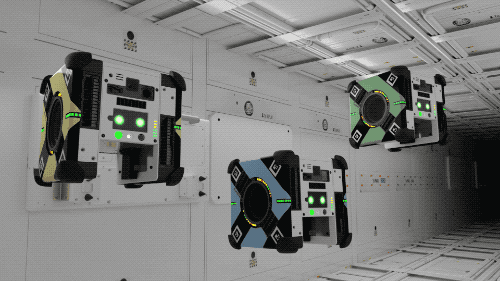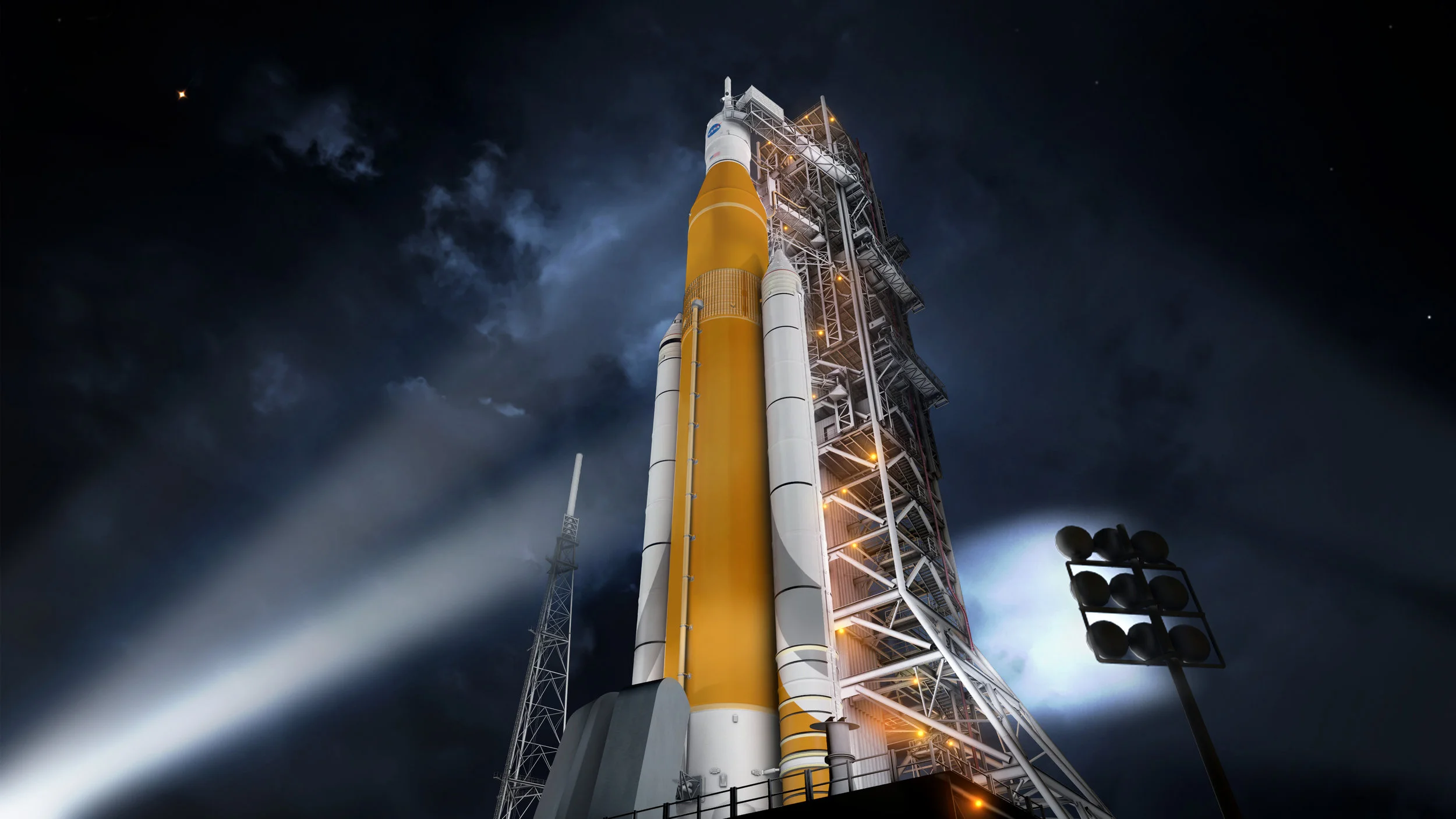Private aerospace and defense company Northrup Grumman’s Antares rocket launched its NG-11 Cygnus spacecraft Wednesday evening, April 17, and is on course to rendezvous with the International Space Station (ISS) around 5:30am EDT Friday, April 19. The S.S. Roger Chaffee, named in honor of the late Apollo 1 astronaut, is delivering 7,600 pounds of science, supplies, and hardware to the ISS, and will support over 40 ongoing experiments aboard the station.
Press and VIP spectators watch the NG-11 Antares launch from Wallops Island, VA. Photo credit: theOrbital.space/Josh Dinner
The Antares rocket launched the S.S. Roger Chaffee Cygnus vehicle at 4:46pm EDT Wednesday, and is scheduled to dock with the ISS early Friday morning. NG-11 is the final mission for Northrop Grumman under NASA’s Commercial Resupply Services-1 contract, and future missions are scheduled later this year under CRS-2.
Launching form NASA’s Wallops Flight Facility in Virginia, this was the first time the Mid-Atlantic Regional Space Port’s upgraded launch pad “late load” capabilities have been utilized. Laying the Antares rocket horizontal at the pad about 24 hours prior to liftoff, new infrastructure at Launch Pad 0-A and the launch vehicle’s new “pop top” fairing cap allowed ground crews to load time-sensitive cargo aboard Cygnus much later than the majority of the spacecraft’s manifest. Some of this cargo included the first rodents to fly on a Cygnus capsule, en route to the ISS to study their immune system and antibody responses in space.
Antares lays horizontal at the Mid-Atlantic Regional Space Port’s Launch Pad 0-A, as the late-load cargo is stowed aboard Cygnus about 24 hours before liftoff. Photo credit: theOrbital.space/Josh Dinner
The Cygnus craft itself also features some firsts for the vehicle. The S.S. Roger Chafee will remain berthed at the ISS for two months, after which it will undock and spend roughly six to seven additional months in orbit. Typically, Cygnus spacecraft burn up in Earth’s atmosphere within a few weeks of departing the space station. The additional time in orbit will test the craft’s capabilities as a platform for additional research, and will serve as a proving ground for Northrop Grumman to operate two vehicles in orbit simultaneously, following the launch of the next Cygnus mission on NG-12.
One notable payload aboard Cygnus are two of NASA’s new Astrobee robots from the Ames Research Center. These robots will perform a variety of small tasks aboard the ISS, and could potentially save astronauts hundreds of hours in menial chores. Another, the Advanced Colloids Experiment-Temperature-10 (ACE-T-10) investigation is aboard the S.S. Roger Chafee, and will study the viability of on-orbit manufacturing for optical cable, which can be produced at a much higher quality in microgravity.
Illustration of Astrobees credit: NASA
A further sign that we all live in the future, a Star Trek-like Bio-Analyzer from the Canadian Space Agency (CSA) is also on its way to the space station. A video game console-sized device, the Bio-Analyzer will accelerate the tests of astronauts’ blood, saliva, and urine samples - amongst others - for scientific data. Returning most tests in just a few hours, the Bio-Analyzer will eliminate the need for astronauts to freeze and store certain samples for later testing.
Another piece of CSA hardware packed into Cygnus are a set of wearable sensors to aid in the Canadian led Vascular Aging investigation. In the duration of a six month spaceflight, astronauts’ cardiovascular systems have been observed undergoing an Earth-bound equivalent of 10-20 years of vascular aging, as well as an increased resistance to insulin. Studying the effects of microgravity on the body’s cardiovascular, skeletal, and endocrine systems are crucial to both understanding the long-term effects of spaceflight on the human body, and vascular aging for people on Earth.
A one-minute exposure of the NG-11 from NASA’s Wallops Flight Facility. Photo credit: theOrbital.space/Josh Dinner
Secondary payloads, which will be deployed prior to rendezvousing with the ISS include the Student Aerothermal Spectrometer Satellite of Illinois and Indiana CubeSat, and 60 ThinSats from Virginia Space.
Riding on the heels of Cygnus, SpaceX is scheduled to launch their own cargo vehicle, Dragon, to the ISS as early as April 26. Science aboard both vessels will support the roughly 300 concurrent investigations ongoing aboard ISS, many of which aid in the advancement and understanding of NASA’s Moon 2024 goal.












